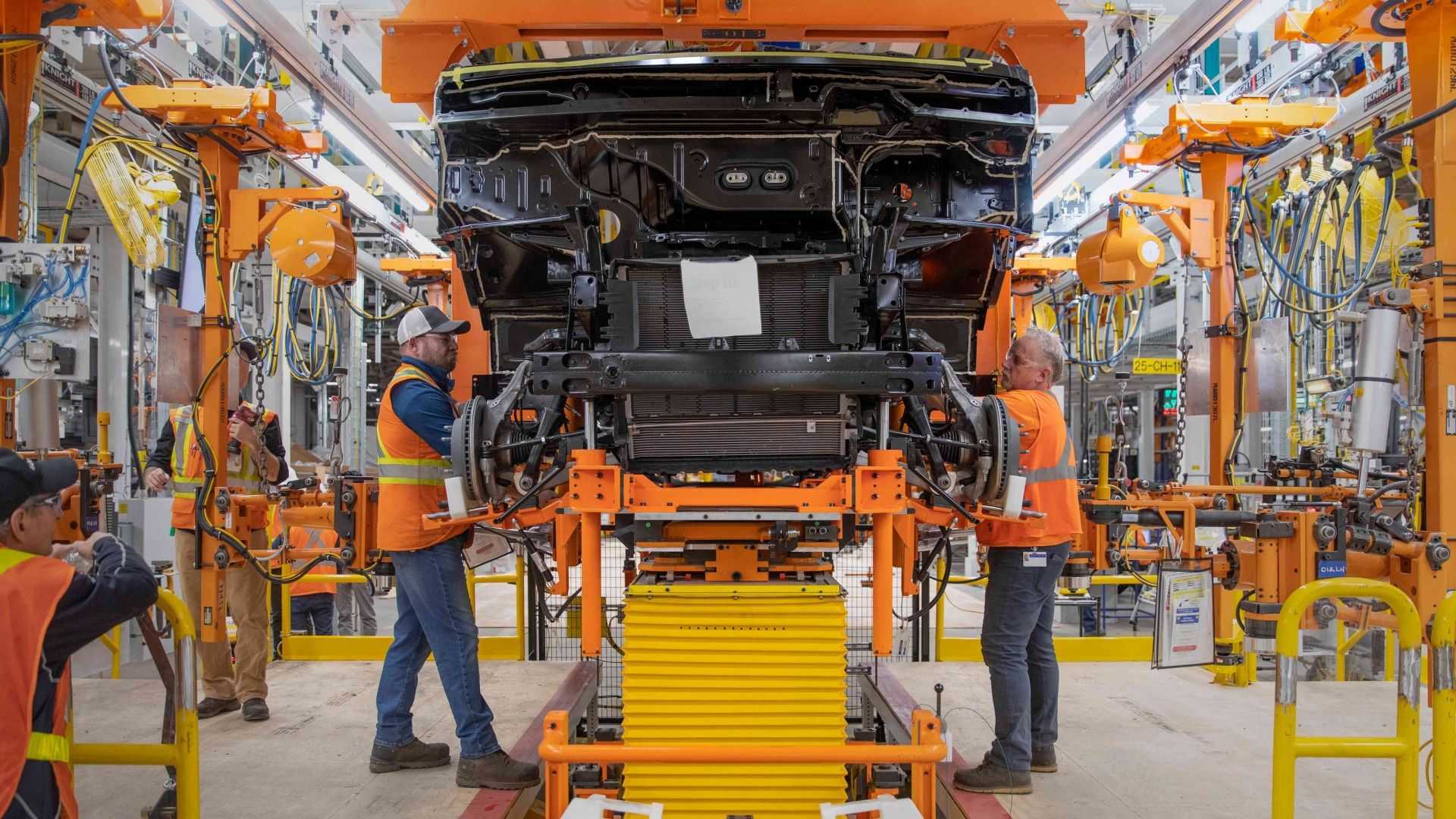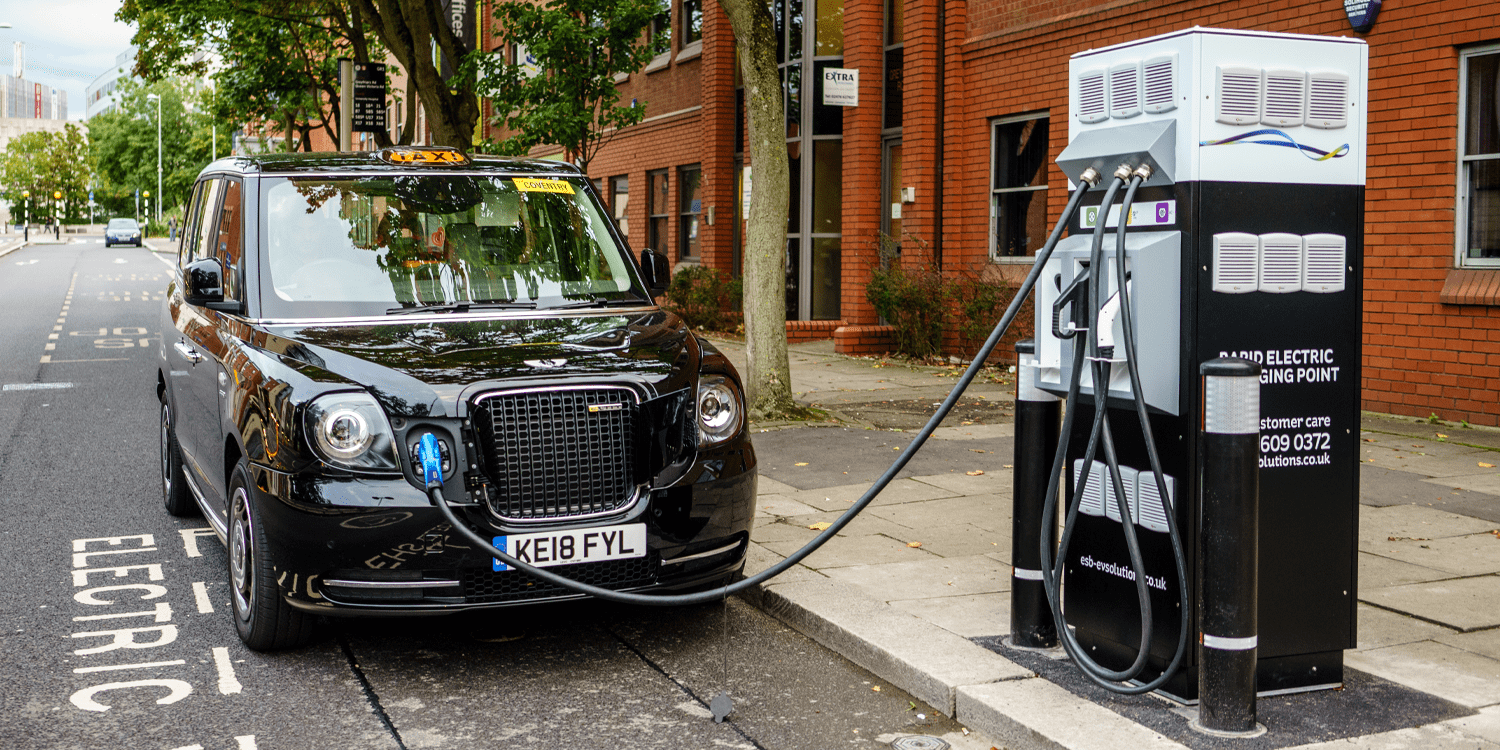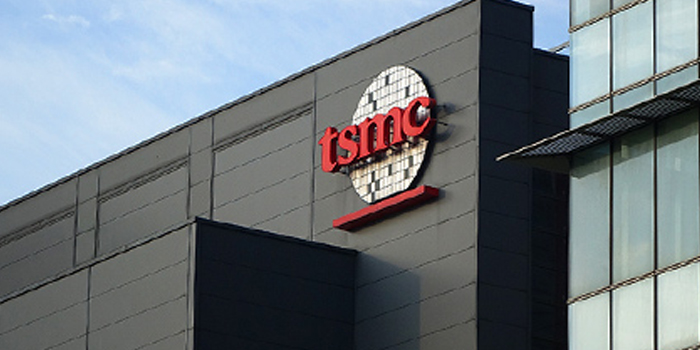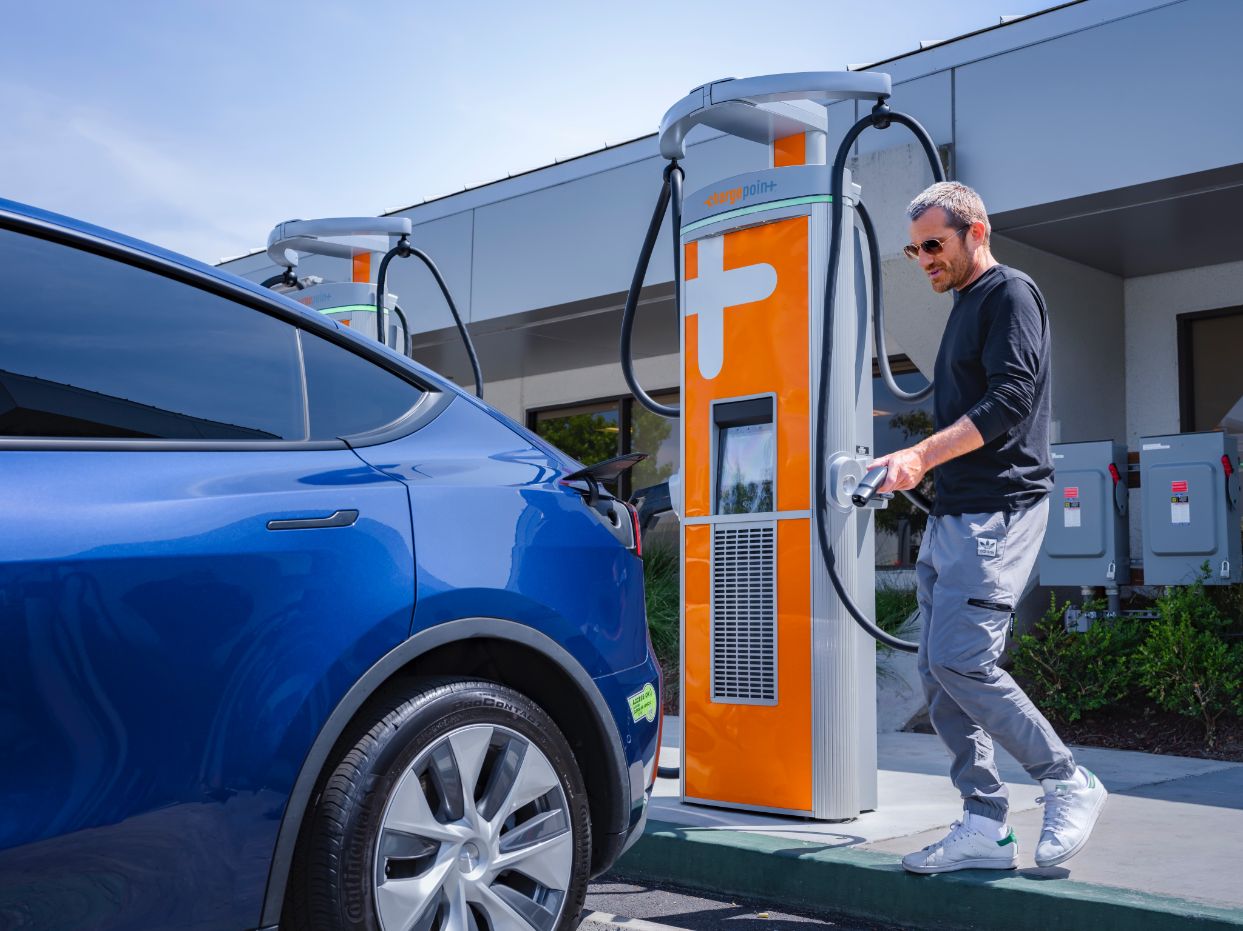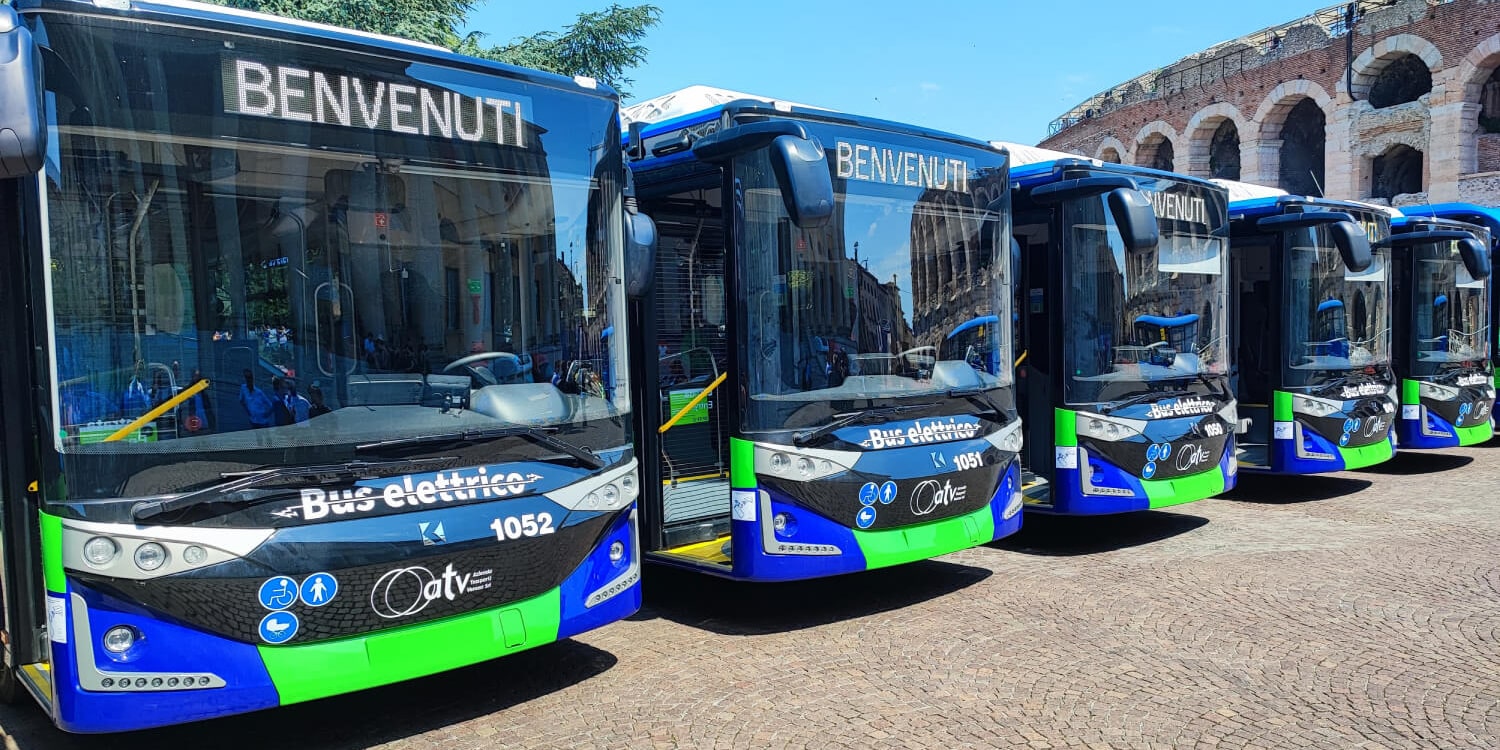General Motors (GM.N) continues to grapple with the complexities of scaling up electric vehicle (EV) production, as indicated by a top-level executive’s statements.
Addressing investors at a J.P. Morgan conference, GM’s Chief Financial Officer, Paul Jacobson, shed light on the automaker’s persistent struggles in overcoming production hurdles across their diverse EV portfolio, including models like the Cadillac Lyriq SUVs and BrightDrop vans. The company has been facing a critical challenge concerning the assembly of battery modules, a matter that was first acknowledged by Chief Executive Mary Barra just last week.
During the conference, Jacobson shared that GM managed to manufacture slightly over 1,000 Lyriq vehicles during the month of July. This figure, however, remains significantly lower than the company’s initial production targets. In early 2022, GM had publicly announced its ambitious goal of producing 25,000 Lyriq units at their manufacturing facility in Spring Hill, Tennessee for the same year.
Unfortunately, the company encountered substantial obstacles in achieving this objective. Over the course of the initial six months of the present year, GM succeeded in delivering fewer than 2,400 Lyriq vehicles to their customers. This serves to underscore the formidable challenges arising from battery-related issues and additional operational complexities.
Jacobson also pointed to a more optimistic facet in the form of GM’s majority-owned Cruise automated vehicle division. He underscored the division’s pivotal juncture of operational expansion, with a fleet exceeding 400 vehicles already traversing the roads.
See also: BrightDrop Expands Electric Van Reach to Mexico
Notably, Cruise has made remarkable headway in surmounting a spectrum of technological impediments, as highlighted by Jacobson. Moreover, he articulated the division’s ambitious aim of achieving $1 billion in revenue by the year 2025. This growth trajectory is envisaged alongside an enhancement in profit margins, attributed to the ongoing reduction in operational costs.

